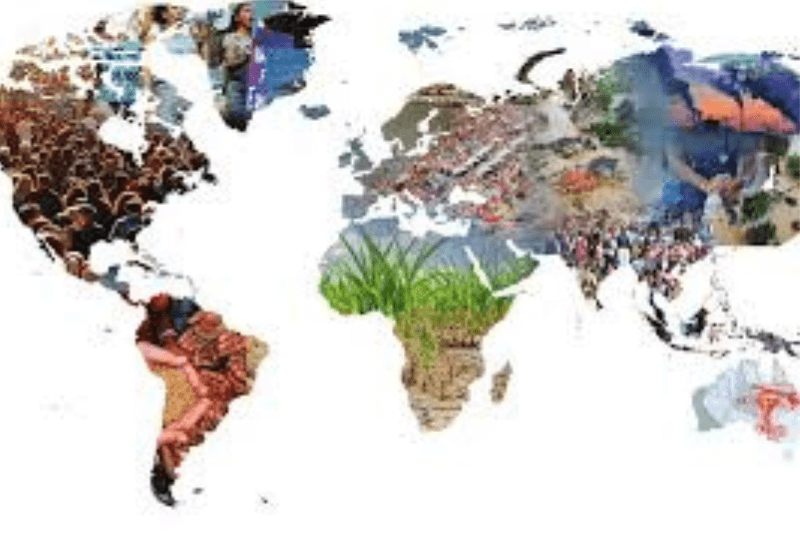
Climate’s Impact: The Surprising Trends in U.S. Population Shifts
Introduction: The Subtle Dynamics of U.S. Population Shifts
As the impact of climate change becomes increasingly tangible, a noteworthy trend emerges — population decline in numerous U.S. neighborhoods due to flooding. This phenomenon, illuminated by recent research, brings to light a complex interplay of environmental shifts, human behavior, and societal trends.
Unveiling the Research Findings & Climate’s Impact
In a comprehensive study published in the journal Nature Communications, researchers from the First Street Foundation reveal startling insights into the migration patterns influenced by flood exposure. The study delves into the transformation occurring in neighborhoods across the United States, particularly in regions experiencing both population growth and heightened flood risks.
Floods, Climate Change, and Shifting Demographics
The study underscores the pressing reality that climate change-induced flood risks are no longer confined to abstract statistics. They are actively shaping the residential choices of Americans. Jeremy Porter, one of the study’s authors and a researcher at the First Street Foundation, emphasizes that people are becoming more discerning about their living environments.
The Paradox of Flood-Prone Attraction
Contrary to conventional wisdom, the research reveals a paradox: while some Americans are leaving flood-affected neighborhoods, a considerable number are relocating to regions acknowledged for their susceptibility to flooding. Coastal areas in states like Florida, Texas, and Virginia are witnessing an influx of residents despite being among the most flood-prone locations in the country.
Keep Reading
The Intricacies of Migration Patterns
To comprehend this paradox, it’s crucial to acknowledge the intricacies of population movements. Flood-prone cities such as Miami and San Antonio, though drawing new residents, might be masking a quieter exodus from the lowest-lying neighborhoods within these cities. The study estimates that approximately 7% of census blocks are experiencing a decline in population due to flood exposure.
Impact on Local Dynamics
The ramifications of this shift are profound. Neighborhoods that are part of larger, growing regions, like South Florida and Southeast Texas, are paradoxically witnessing a net loss of residents. The study approximates a decline of about 9 million residents between 2000 and 2020 in flood-affected neighborhoods.
Macro vs. Micro Migration Trends
While macro migration trends to the Sun Belt capture attention, the study emphasizes that micro-migration, where individuals move within their existing city or locality, constitutes a significant portion of population movements. This dynamic, as explained by Porter, involves individuals keeping the same job, maintaining friendships, and staying close to family while seeking refuge from flood-prone areas.
Complex Decision-Making Factors
While flood risk emerges as a prominent factor influencing relocation decisions, the study also sheds light on the multifaceted nature of these choices. Social factors, including race and class, play pivotal roles in determining where individuals and families choose to live. Kevin Loughran, a sociologist at Temple University, emphasizes that environmental risk is just one criterion among many influencing these decisions.
Looking to the Future: Research Gaps and Ongoing Investigations
While the study provides a national-level understanding of how flood risk influences population trends, further research is imperative. Social scientists are delving into the nuances of decision-making processes, examining how individuals in climate hazard-threatened areas decide whether, and where, to move.
Conclusion: Decoding the Migration Puzzle
In conclusion, the intricate dance of climate change, flood risks, and population dynamics unfolds across the American landscape. The paradoxical coexistence of population decline in flood-affected neighborhoods amid overall regional growth paints a nuanced picture. As researchers delve deeper, understanding the interplay between environmental challenges and human responses becomes paramount.

